Trametes cinnabarina
Scientific name: Trametes cinnabarina (Jacq.) Fr.
Derivation of name: Trametes means "one who is thin;"
cinnabarina means "bright red" or "vermillion" in
reference to the coloration of this fungus.
Synonymy: Pycnoporus cinnabarinus (Jacq.) P.
Karst.; Polyporus cinnabarinus Jacq.: Fr.
Common names: Cinnabar-red polypore.
Phylum: Basidiomycota
Order: Polyporales
Family: Polyporaceae
Occurrence on wood substrate: Saprobic; solitary or
grouped, sometimes fused and overlapping on dead
deciduous wood, rarely conifer wood; year-round.
Dimensions: Caps 3-14 cm wide and up to 1.5 cm thick.
Upper surface: Orange to reddish-orange, fading in age to
whitish; wrinkled, warted or smooth.
Pore surface: Orange-red, fading less than the cap surface;
pores 2-4 per mm.
Edibility: Inedible.
Comments: Another species, P. sanguineus, resembles
Trametes cinnabarina but is thinner (up to 0.5 cm
thick), has a smaller cap, and is not as common.
More information at MushroomExpert.com
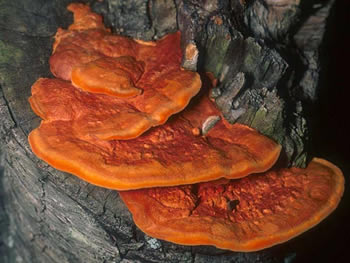
Figure 1. Intensely colored fresh specimens of Trametes
cinnabarina. Photo © Nathan Wilson.
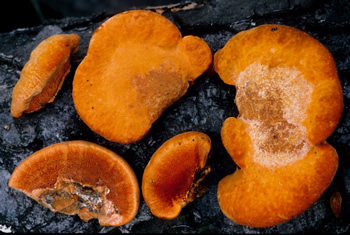
Figure 2. Photo © John Plischke III.
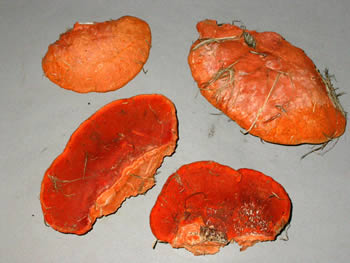
Figure 3. Top surfaces (upper) and pore surfaces (lower) of
several foray specimens. Photo © Gary Emberger.
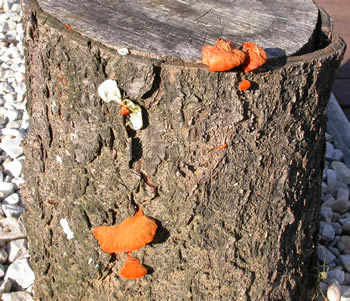
Figure 4. Specimens on a cut section of a log.
Photo © Gary Emberger.
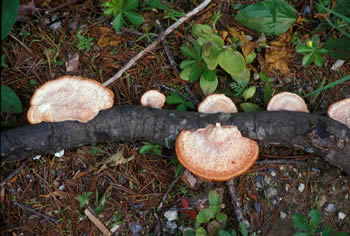
Figure 5. In time, the orange-red colors fade.
Photo © Larry
Grand.
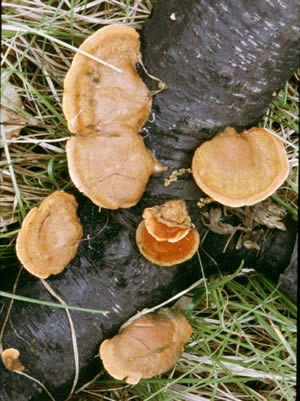
Figure 6. The pore surfaces usually fade less than
the cap surface as illustrated by the pore surfaces
of
the specimens
in the center. Photo © Steve Nelson.
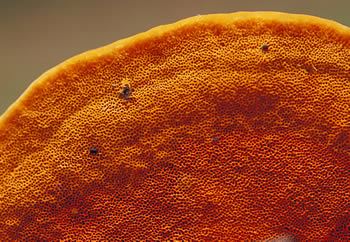
Figure 7. Pores of Cinnabar-red polypore. Photo © Fred
Habegger.